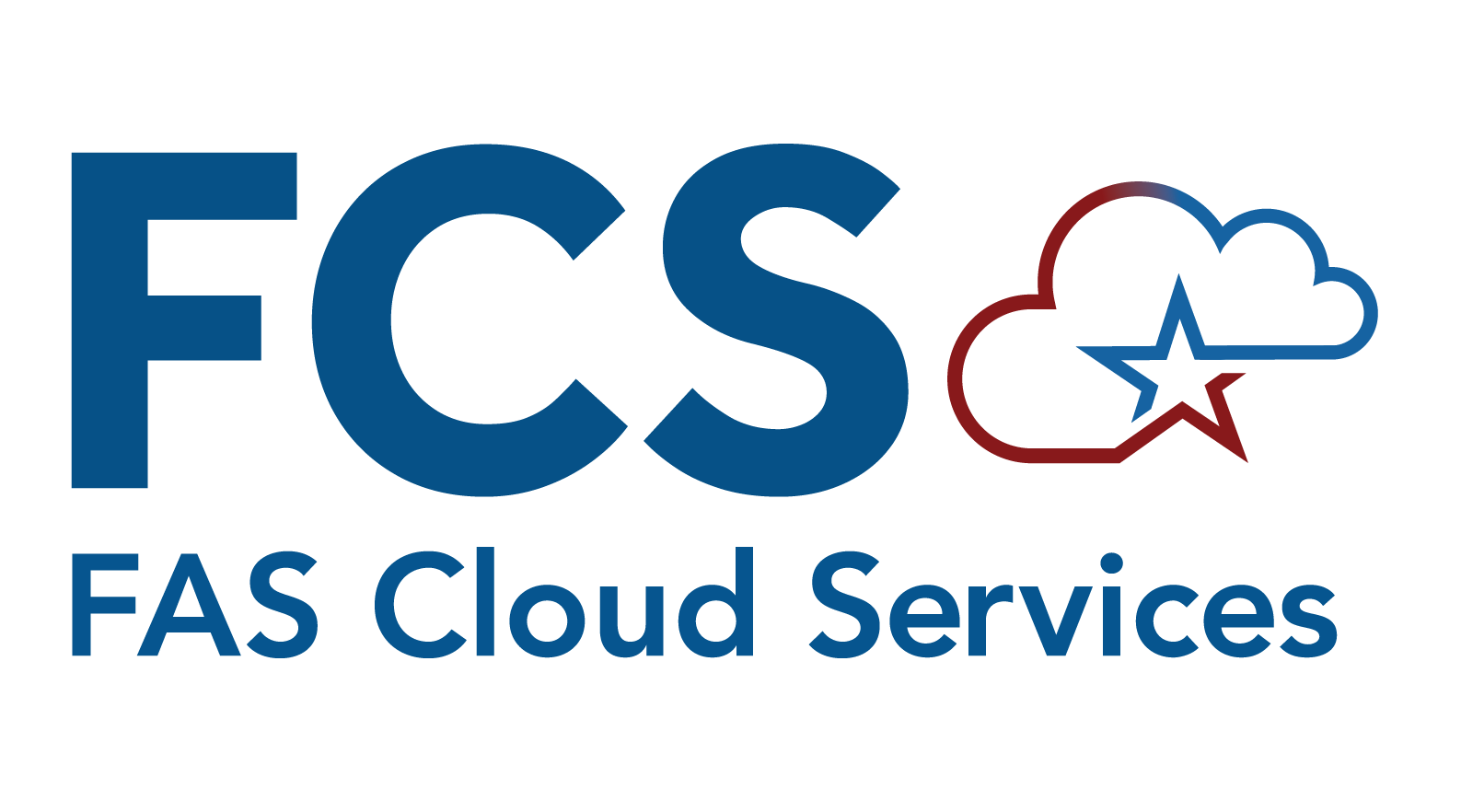System Architecture
Learn about the architectural components of PPMS and how they interact.
High-Level Architecture
PPMS functionality requires Property Reporting, Property Reuse/Sales, Payment, Financial Management, Inventory, Management, Marketing, Portals, Service Interface, Identity & Access management, Data Migration/Management, General Requirements and Workflow.
In alignment with GSA’s IT modernization approaches, PPMS is built with a microservices architecture that allows re-use and delivers these business services and capabilities. Employing Domain-Driven Design (DDD), the existing monolithic systems are decomposed into a suite of independently deployable modular and loosely coupled microservices. Each service operates and manages a unique process and communicates through a well-defined, lightweight mechanism to accomplish business goals.
The services are small, independent, self-contained, independently deployable, and scalable. They are highly decoupled and focus on a small task or capability following the Single Responsibility Principle. The only dependency these code bases have on one another is their Application Programming Interfaces (APIs), that make future changes/enhancements easy. PPMS utilizes open source platform Spring Boot and Aurora to install, configure, and customize business services rapidly.

Architecture Components
The Presentation Layer is developed with Single Page Application (SPA) architecture. This presentation layer is developed using client side Model-View-Controller (MVC)/SPA framework (React) rich user interface that will adapt to different screen sizes (Bootstrap). The Presentation Layer communicates with the PPMS API microservices layer through representational state transfer application programming interface (RESTful API) Web service calls.
The Application Layer is developed using the Java Spring Boot technologies and will be exposed with REST Services to the presentation layer. Open API specification is used to document and publish the APIs.
The data tier provides storage for records and files. It leverages native and PaaS capabilities of FAS Cloud Services (FCS). AWS RDS (Aurora) is used for standard database record storage.
Credit card information stored and used in the system for payments conforms to PCI-DSS standard. AWS Key Management Service is used to encrypt the critical payment data. Additional details are provided under Security Architecture.
The PPMS solution also includes a lightweight mobile app to support creating property reporting, warehouse intake including a barcode scanning capability and to search and view properties. Mobile app will support both iOS and Android. Mobile app will be built using React Native to support deployment to Android and iOS and will integrate with RESTful API to store and retrieve data as necessary.
Data Model
The new PPMS system leverages FCS cloud and open-source technologies to ensure system flexibility, reliability, and availability. The modernized system integrates with external systems/interfaces such as Okta, SecureAuth, Pay.gov etc. to support the business functions. In addition, it also aligns to GSA IT system architecture & UI interface. Authentication is implemented using SAML with GSAAuth to support single sign-on for internal users and Okta for external users.


